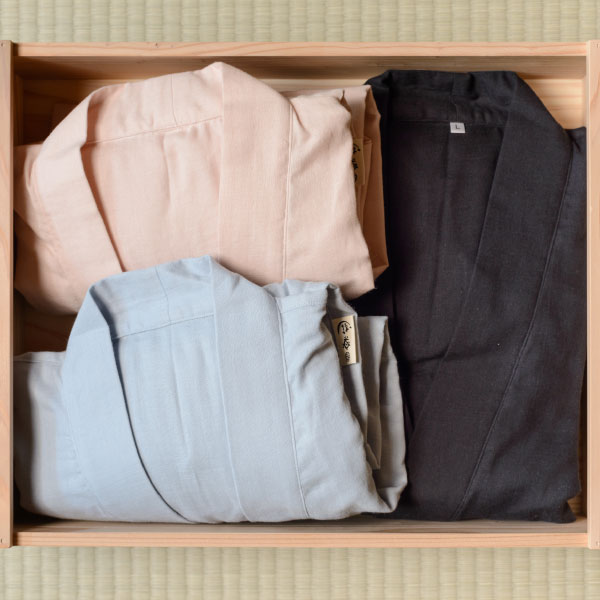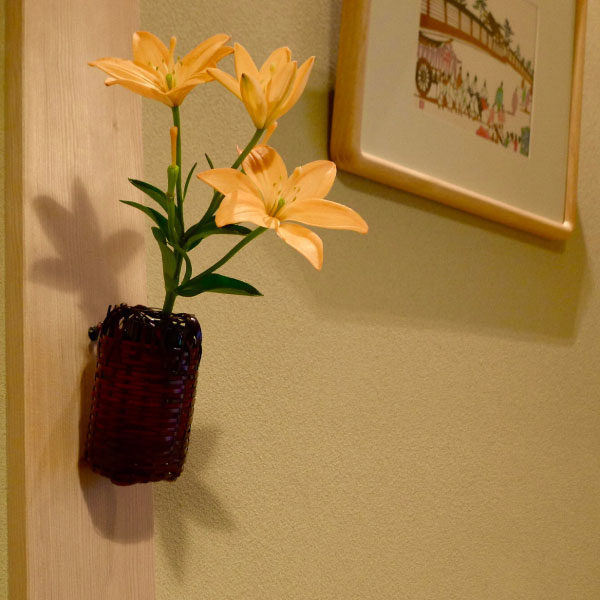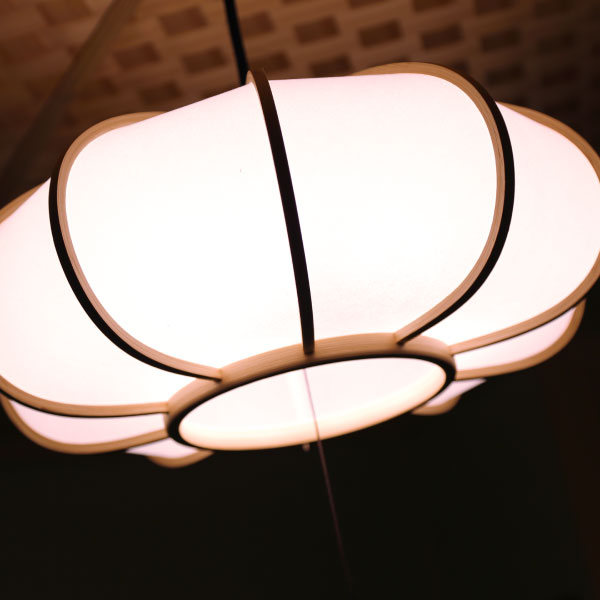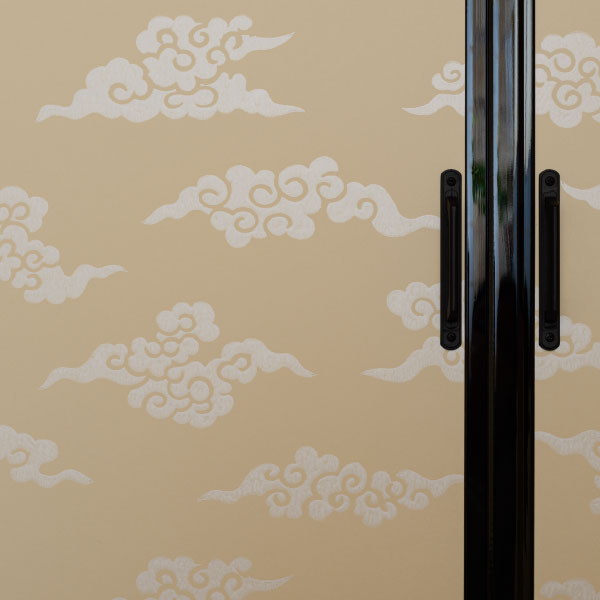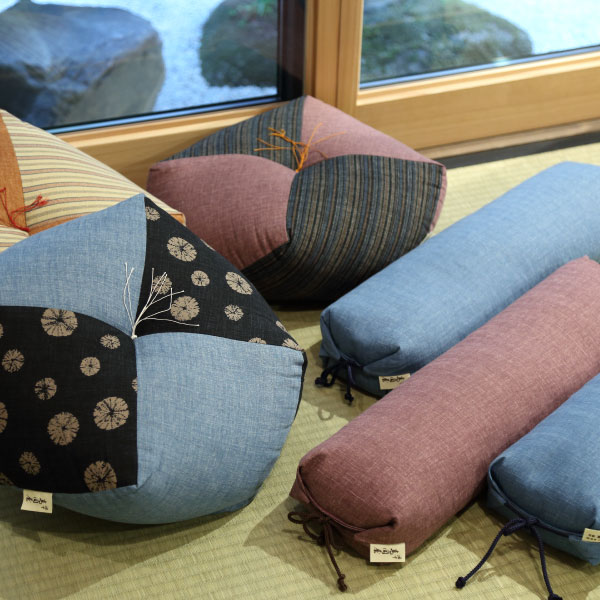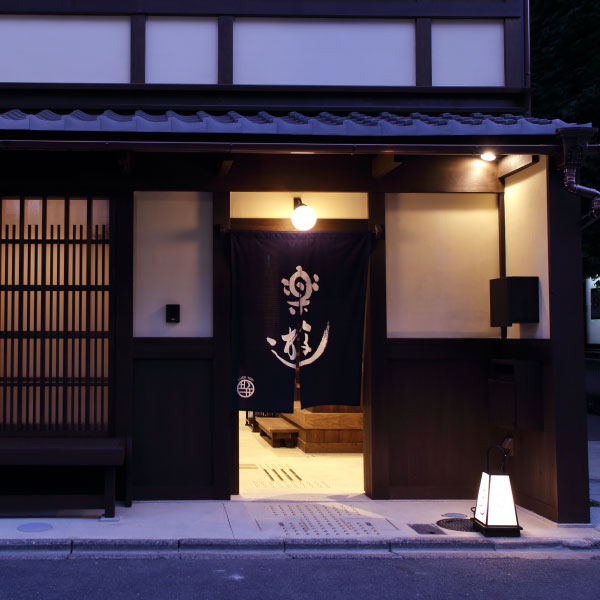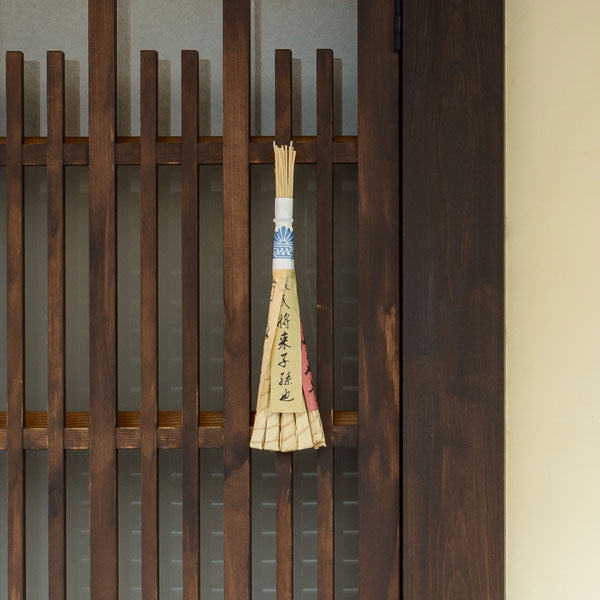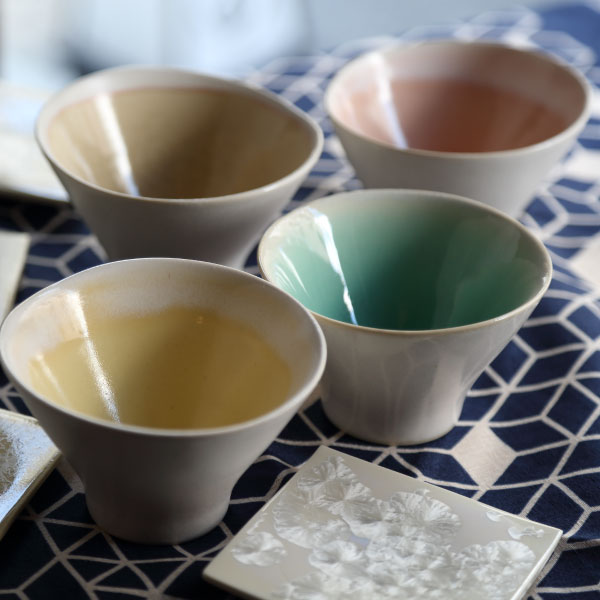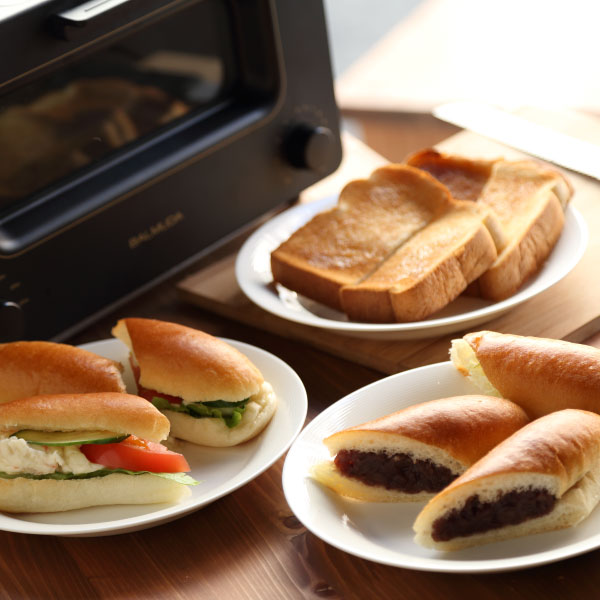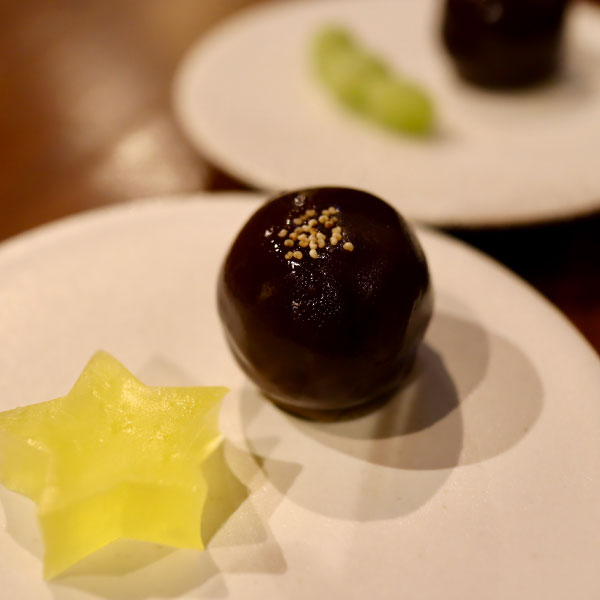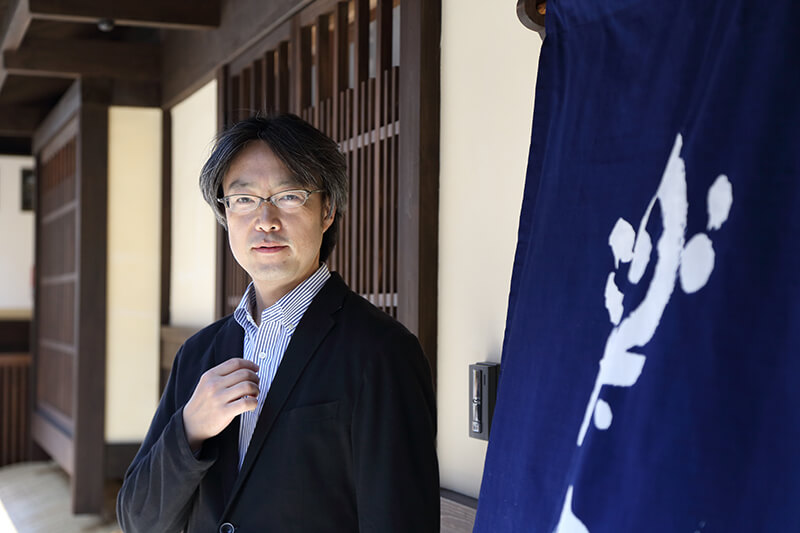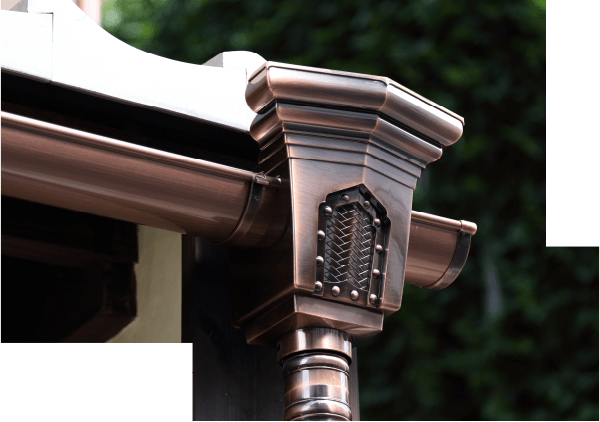Kyohanga
−You’ll find various “Kyohanga” woodblock art scattered throughout the guest rooms and in the lobby. −
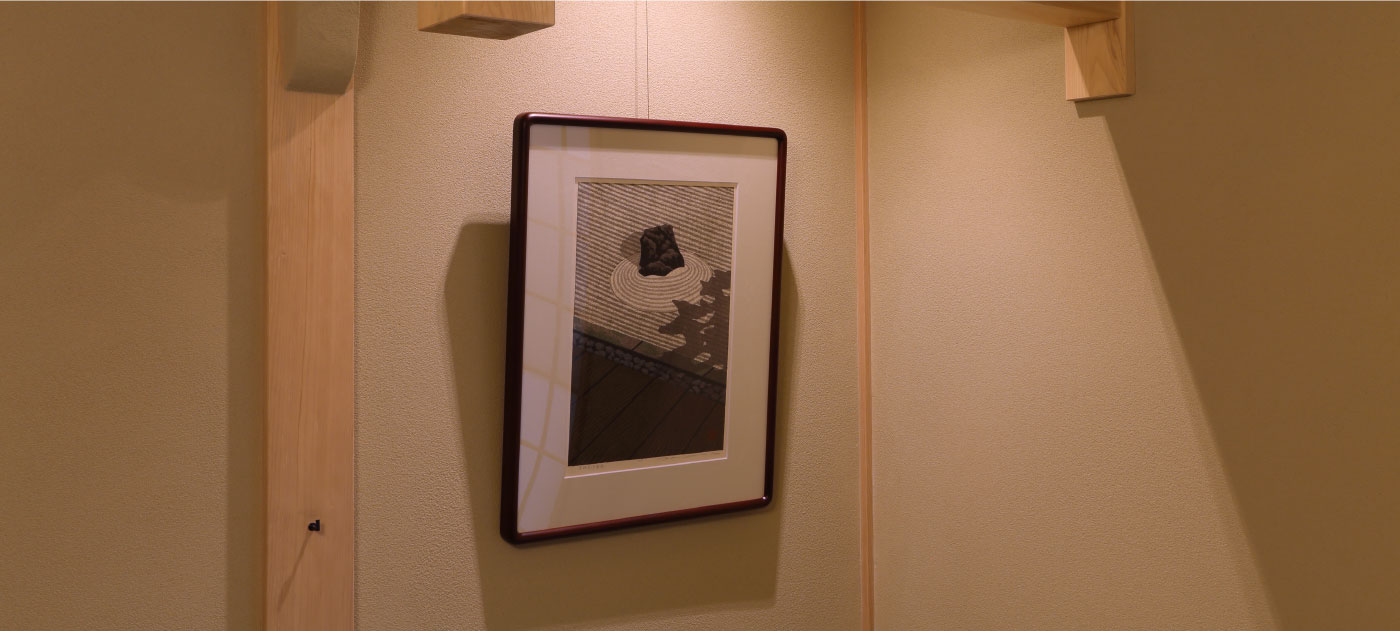
We have decorated our guest rooms and the lobby with “Kyohanga” woodblock art. The deft touch depicting Kyoto’s seasons and regional scenery in the art pieces found in the lobby and guest rooms 2-7 are works by the nationally renowned artist, Toshijiro Inagaki. “Sakura”, found in Guest room 1 in the main building, is a work by Idou Masao, who was known for his elaborate style of organization in his compositions. The woodblock pieces in guest rooms 101-106 in the annex are the works of Kamisaka Sekka, a Kyoto-native artist. Each print corresponds the theme of the room, which include [flower/bird/wind/moon/four seasons] respectively. In the annex lobby, we have a work called the The Four Seasons of Flowers from the ceiling prints of Shingyo-ji Temple (not open to public) by Jakuchu Ito.
